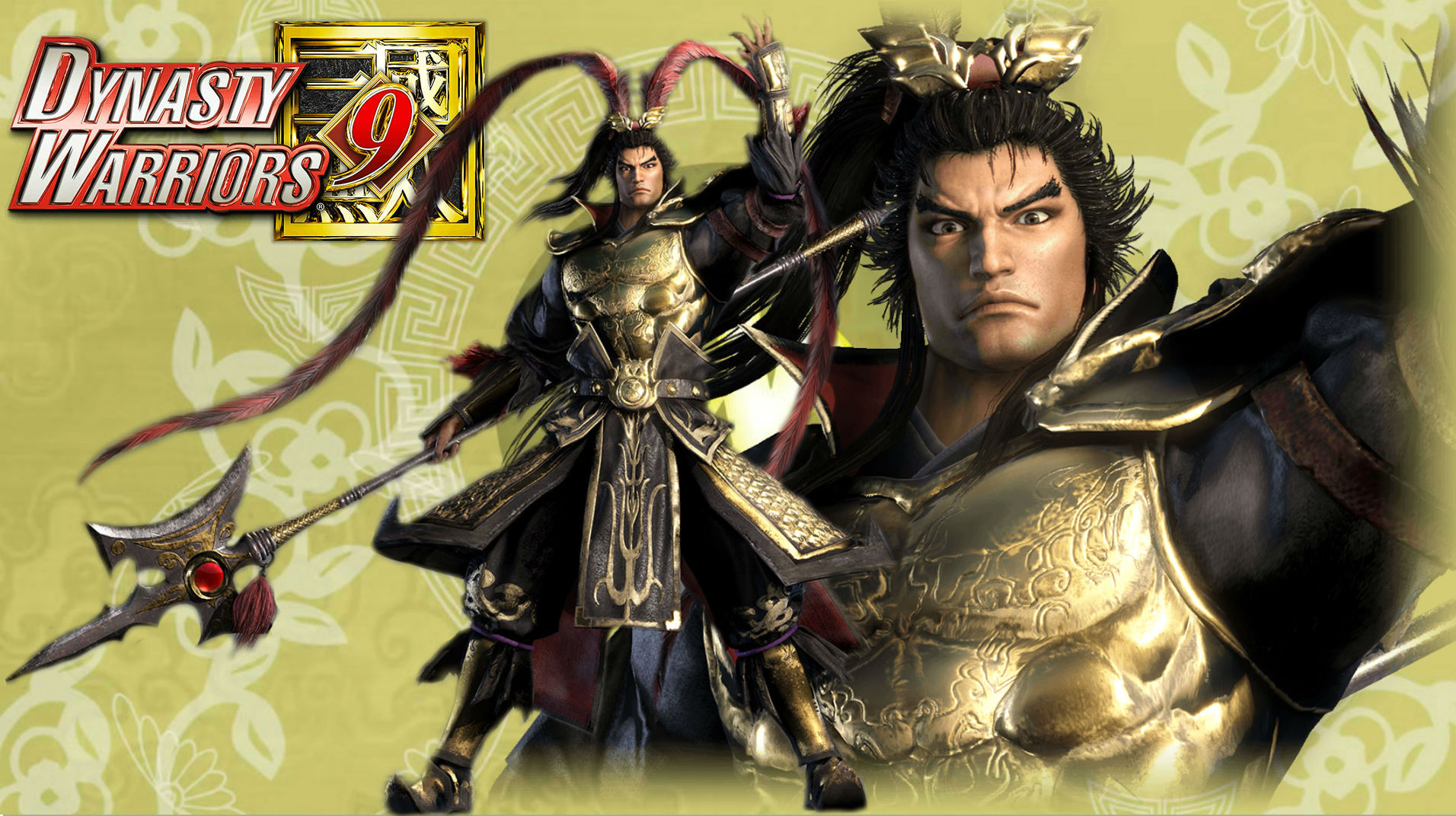

We’ve seen plenty of less notable crossovers like Fist of the North Star: Ken’s Rage 2 and One Piece: Pirate Warriors 3, but from a Nintendo fan's perspective the real fun began in 2014 with Hyrule Warriors on Wii U.

There lies an undeniable satisfaction in sending countless waves of enemies flying around you Most games suffer from repetition issues and arguably shallow combat but there lies an undeniable satisfaction in sending countless waves of enemies flying around you. Doing this means crushing their commanders and defending these locations once captured. For those unfamiliar with that gameplay, it usually sees you controlling one singular (practically superhuman) fighter across a large battlefield, taking over outposts occupied by enemy hordes. You could easily get lost in Koei Tecmo’s near-endless entries in the series but ultimately the crossovers are what have held the most mainstream interest, all retaining that core Dynasty Warriors gameplay. We’ve received better Western support for Orochi and they’re fun games but, generally, we didn’t think that highly of them. Remarkably, this led to yet another sub-series with three-man teams called Warriors Orochi, merging Dynasty/Samurai Warriors into one. 4 and Spirit of Sanada are also on Switch but, you guessed it, only in Japan.

Early entries skipped Nintendo consoles but come 2010, Samurai Warriors 3 launched on Nintendo Wii, an entry we quite enjoyed back then. Let's not forget Samurai Warriors either, which replaces Dynasty Warriors / ROTTK’s ancient Chinese setting for Japan’s Sengoku period. ROTTK XIII also arrived on Switch but like 8: Empires, that port remained Japan-exclusive. It only truly returned in 2007 with ROTTK XI’s Wii release and even then, support is very sporadic. With Hyrule Warriors: Age Of Calamity bringing in 3 million sales after a week and Persona 5 Strikers exceeding sales expectations in Japan alone (and finally coming to the West in February), they’ve given us some remarkable games and for this feature, we’re taking a look at how it all began.Ĭontextually, this recent reputation is quite fitting when you consider that Dynasty Warriors was a spin-off series too, coming from turn-based strategy series Romance of the Three Kingdoms (for brevity, let’s call it ROTTK).Įarly entries could be found on NES/SNES, ROTTK IV being the last one, but like many third-party developers, Koei mostly drifted away from Nintendo during the N64-era. Developed by Omega Force, their main Nintendo output has mostly been spin-offs outside of 8: Xtreme Legends and strategy focused Dynasty Warriors 8: Empires (which remains Japan-exclusive on Switch). When you consider how few main Dynasty Warriors / Musou entries have come to Nintendo platforms, it’s almost strange how much influence Koei Tecmo’s hack-and-slash series has upon the Switch library.


 0 kommentar(er)
0 kommentar(er)
